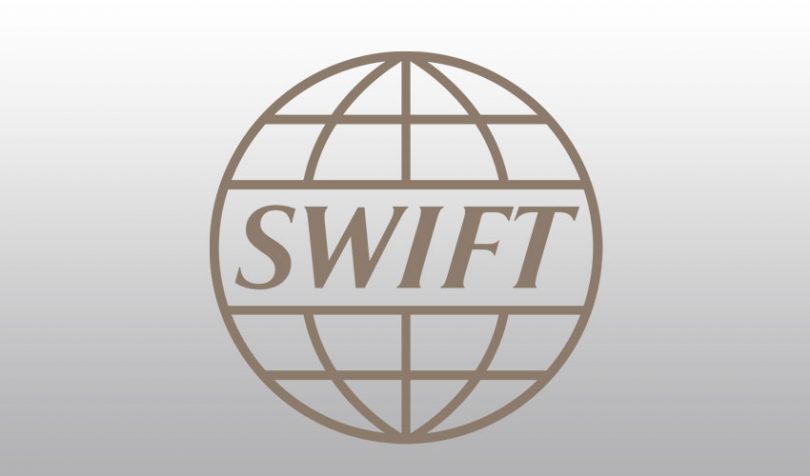Last week at the Hong Kong Blockchain Week, Ran NeuNer of CNBC’s CryptoTrader interviewed Lisa O’Connor, SWIFT’s head of capital markets & standards for Asia/Pacific. One of the takeaways is that SWIFT could potentially leverage its platform and network to help to connect different blockchains. “What we would like to be in the future is a platform that helps connect our members up to the best of these blockchain solutions,” said O’Connor.
Its 11,000 members own SWIFT. Many associate SWIFT with payments, but it’s more about facilitating the messaging of payments between organizations, rather than making payments. They’re also the registration authority for certain ISO standards that define how financial institutions communicate with each other, not just for payments. In particular, IS20022 defines rules for payments, securities, trade finance, cards and foreign exchange.
In brief
Below is a transcript of O’Connor’s answers with the questions paraphrased
Q: Is SWIFT using blockchain or DLT?
We are selectively looking at the use of DLT. The reason why we’re doing this is because our owners are also interested in that as a trend. So they’re looking at how they can leverage DLT for certain business problems. We don’t think that DLT or blockchain is the answer to every problem. What we like to do is first look at the problem and then apply the right technology as the solution.
A couple of areas where we are looking at it is in Singapore for proxy voting which is a big industry challenge that we face. We’re looking at it and have worked with some large market infrastructures, like the Australian Stock Exchange who are putting in place DLT for their new clearing and settlement system. We’re also looking at it in other ways.
But it’s not just us looking at it. What we would like to be in the future is a platform that helps connect our members up to the best of these blockchain solutions. So working with for example with R3 that’s been doing a lot of work as it relates to trade finance. How do we link together that trade finance value chain to the payment value chain that underpins it all?
Q: Is SWIFT using blockchain for bank-to-bank foreign payments?
There is work that’s going on from a market infrastructure perspective, really our stakeholders who are looking at that. We would be very open to working with DLT platforms that are looking at that. But we are not in the market ourselves to do things like multilateral netting, to do clearing of transactions. That’s not what SWIFT does. At our core, we are a platform, and we are a place where could connect up potentially to those infrastructures.
Q: Can XRP can disrupt their business?
I think it’s really interesting everything that’s gone on in the payment space around DLT. I would just say that I think that the numbers speak for themselves in that the old days of it taking several days to make a payment cross border don’t exist anymore. It’s down to minutes and/or seconds, even directly connecting into real-time payment systems. So those old days are gone.
And outside of that SWIFT has something called the GPI, the global payments innovation. And global payments innovation is all around making payments fast, transparent, and taking the friction out of that process. I would say that the numbers speak for themselves in that $300 billion a day is done across the SWIFT network, 50% of our payments.
So it’s a massive amount of payments, and a massive amount of our members are already leveraging this. So when you compare that to others in the market, yes there’s a discussion, but I think the figures speak for themselves.
Q: How has SWIFT sped up the process?
It’s leveraging existing technology in a lot of ways. But it shows the power of our industry. It’s taken a group of banks to get together and say, these are the rules by which we are going to live as it relates to payments. So we are going to do it within this amount of time, we are going to provide transparency on fees, etc. And then on top of it, SWIFT helped to put in place some technology that allows for the tracking of payments and the transparency into those payments. So we have something called the UTR, the unique tracking reference on the payment, and what this allows us to do is to copy to the cloud where the payment is in the process. And it allows that full transparency into the chain.
Q: Will SWIFT build its own blockchain?
I think it’s a bit beyond me to foresee what our CEO might do. But I would say we’d be open to leveraging our platform more in the future.






